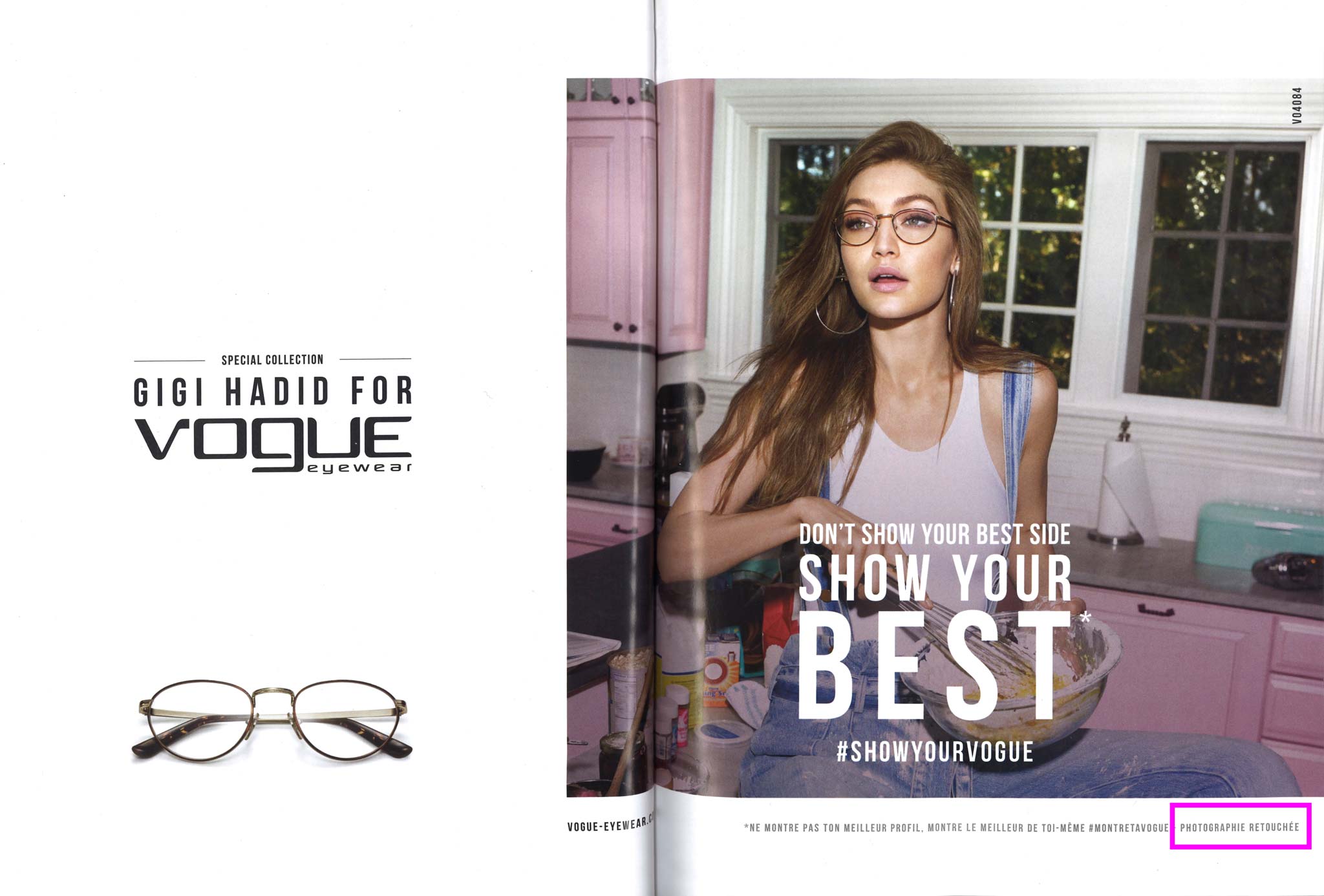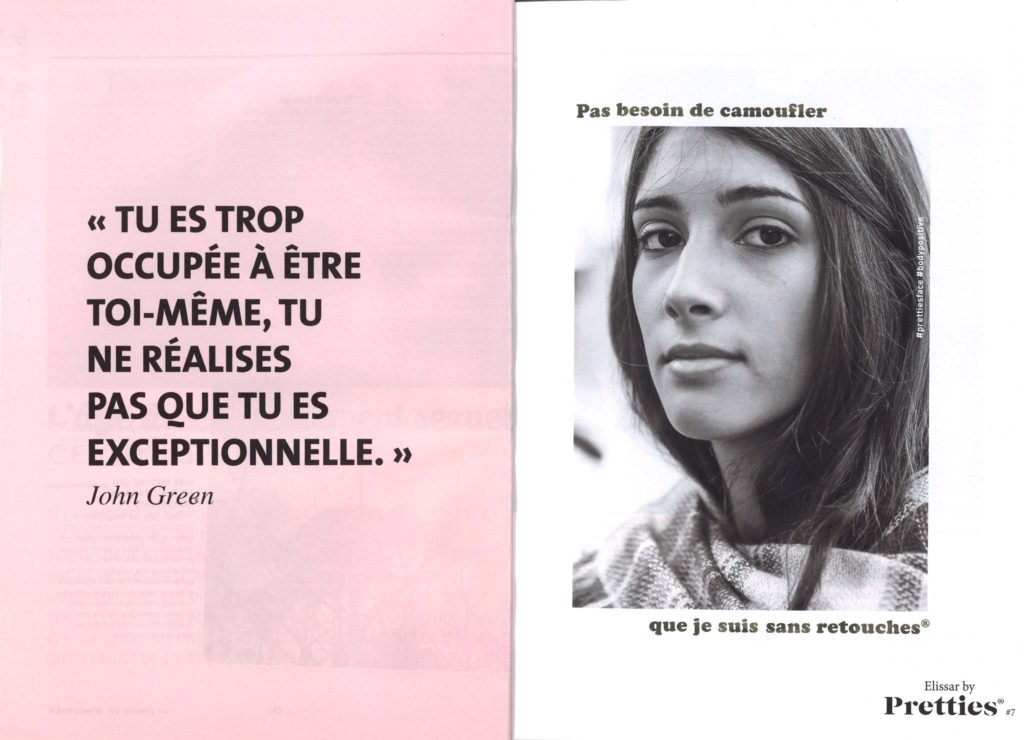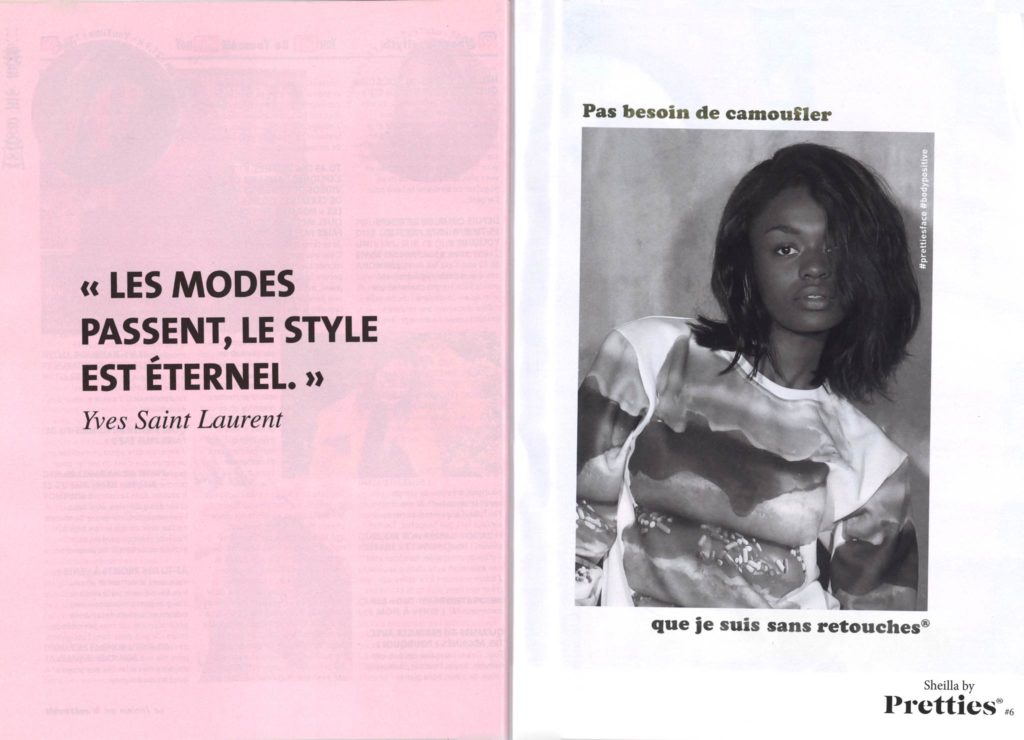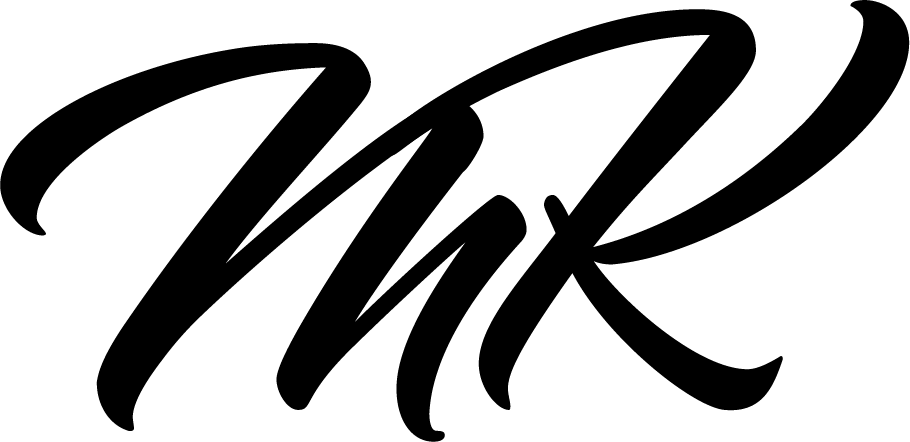
Background to the adoption of legal measures
In France, studies have come to the following conclusion: Worrying developments regarding women, such as the increase in eating disorders, are probably due to the medially widespread and their slimming norms. France sought a way to protect its population from unattainable, unrealistic body images, and to avoid anorexia (anorexia) among adolescents. This resulted in the restrictive decree “2017-738”, which came into force on 1st October 2017.
Advertising bans and restrictions
But what is meant by an advertising restriction? In general, a distinction is made between advertising bans and advertising restrictions. While advertising bans constitute a comprehensive and profound interference, advertising restrictions have only a narrow scope and even only marginally affect the freedom of individuals. The new decree of France is an advertising restriction. What is restricted in what form becomes clear in the following sections.
Decree “2017-738”
In May 2017, France forced the decree number “2017-738”, which was discussed for around eight years. The decree entered into force on 1st October 2017. Various articles of this decree define the more precise framework conditions.
(1) For example, Article L. 71232 of the Labor Code defines the type of model and that its altered body silhouette on commercial photographs, as described in Article L.21332 of the Health Code, must be marked by the words “Photographie retouchée”. Likewise, in this article, the fines for violations are regulated.
(2) Article R. 21334 of the Health Code regulates the medium to which the labeling refers:
- posters,
- online communications,
- press releases,
- advertising mail or on print matter.
(3) Article R. 21335 of the Health Code supplements the general conditions for the presentation of the note: it should be seen in an easily legible and clearly visible.
(4) Finally, article R.21336 of the Health Code mentions the advertiser as responsible for compliance with the regulation.
Further restrictions, for example, on image editing software or processing techniques or differentiation between thickened and streamlined body silhouette, are not made. Furthermore, this rule is limited to commercial advertising in France. It does not include editorials.
Possible causes of legislation
What led to the decree? In the global context, it becomes clear: France sets the world’s biggest demands for slimming models. They were then followed by cities like Milan and London. While international dress size 34 or a small 36 seems entirely adequate, the standard sizes in Paris are 32/34.
Similarly, shocking advertisements, such as those of the label Yves Saint Laurent last year, that led to protests in France because of sexism and underweight, although previously in 2015 France, the law against dangerous underweight regarding models had been implemented.
“Without retouching” labels
Other countermovements can be seen within the magazines. A striking one is the Pretties, a magazine for teenagers that directly advertises pictures without retouching. Therefore, written notes with a corresponding contra message such as “sans retouches” (without post-production/retouching), or quotes such as “Tu es trop occupée à être toimeme, tu ne réalises pas que tu es exceptionelle.” (You are too busy to be yourself, you do not realize that you are extraordinary.) Further notes were: “Les modes passent, le style est internet” (The fashion goes by, the style is eternal.) in combination with the note “Pas besoin de camoufler que su suis sans retouches” (No need to camouflage that I am without retouching). Also, hashtags for social media with the corresponding message were found there (for example, #bodypositive).


Accordingly, there’s a kind of splitting of the magazines into those that express themselves explicitly against body retouching and those that follow the previous presentation. The reasons are therefore complex and lay in the social development as well as in the advertisement, by which France saw itself as responsible for acting. The action is accompanied by further representations in terms of naturalness, to reinforce a countertrend.
Recommendations of the presentation
The “authorité de régulation professionnelle de la publicité” (here: ARPP), which is a private organization for the self-regulation of advertising in France, gives rough recommendations for mentions and references relating to the content of a message and the consumer.
These are also transferable to the hint of retouching, as no detailed presentation recommendations can be derived from the decree of France. The recommendations of the ARPP include the following: Under normal reading conditions, the information must appear horizontally to be readable. Similarly, the information should:
- be of sufficient size and
- normally spaced,
- as well as containing a font that allows easy reading (without the font in the advertisement necessarily being uniform).
- Also, a color that contrasts with the color used for the background of the advertisement should be used.
(translated from https://www.arpp.org/nousconsulter/regles/reglesdedeontologie/mentionsetrenvois/).
Many of the recommendations do not apply to the current use of the retouching instructions (even if the details of the recommendations are hardly tangible, for example, the term “sufficient size” can be interpreted very differently).
Posted 2018
Do you have any suggestions, additions, is this post out of date, or have you found any mistakes? Then we look forward to your comment.
You are welcome to share this post. We are very grateful for every recommendation.
